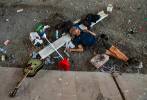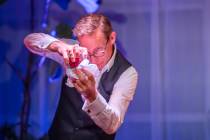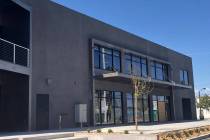Lou Ruvo Center architect Frank Gehry awarded ‘Design Icon’
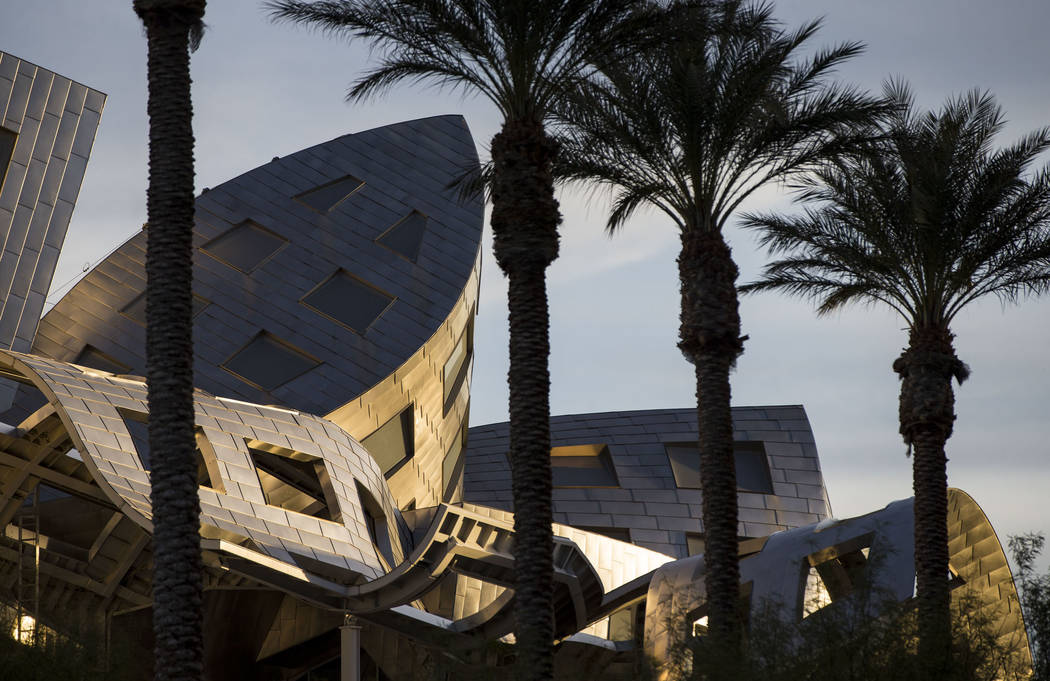
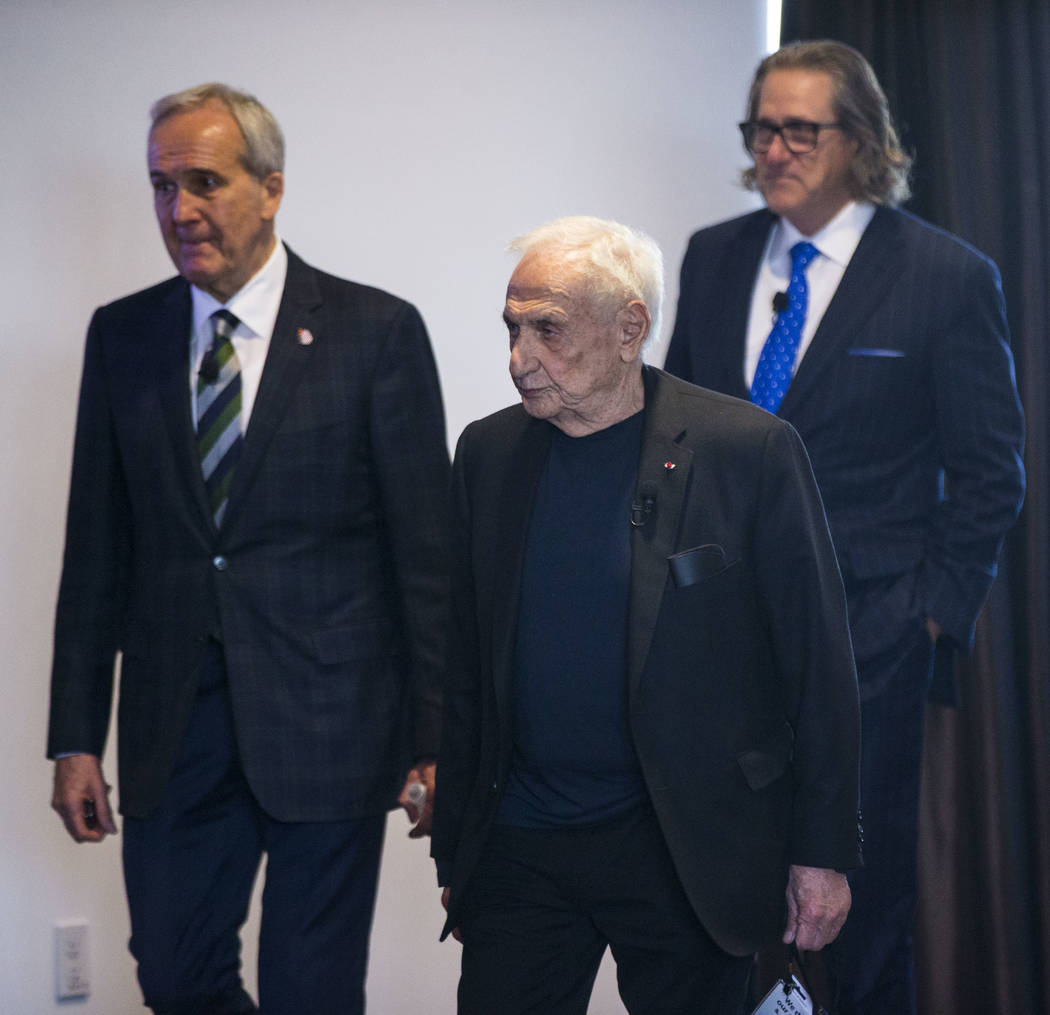
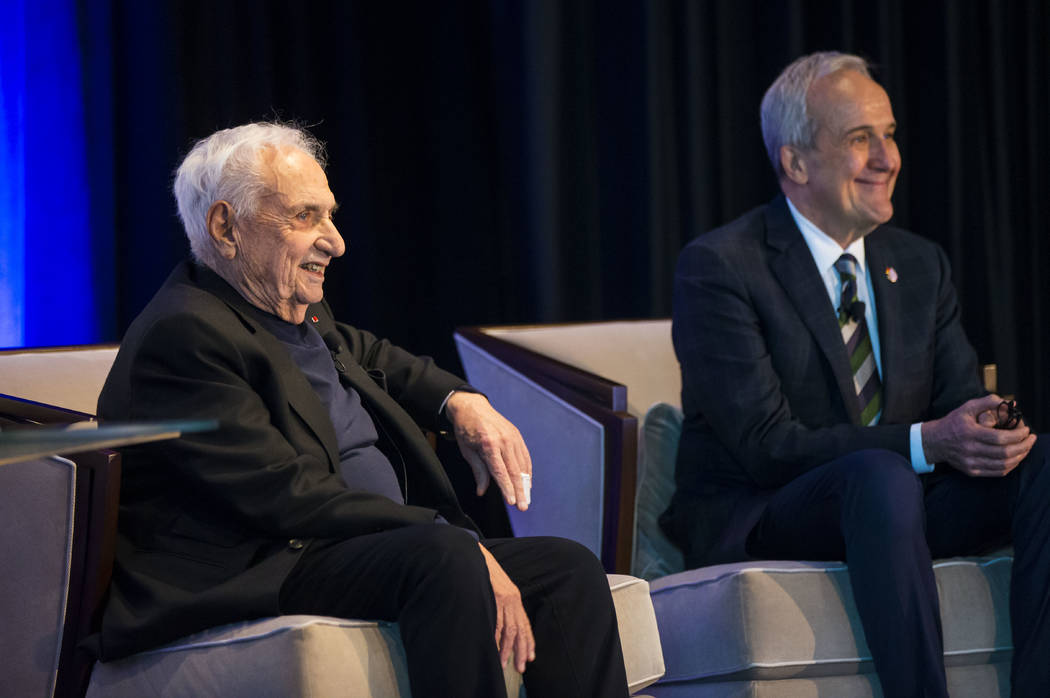
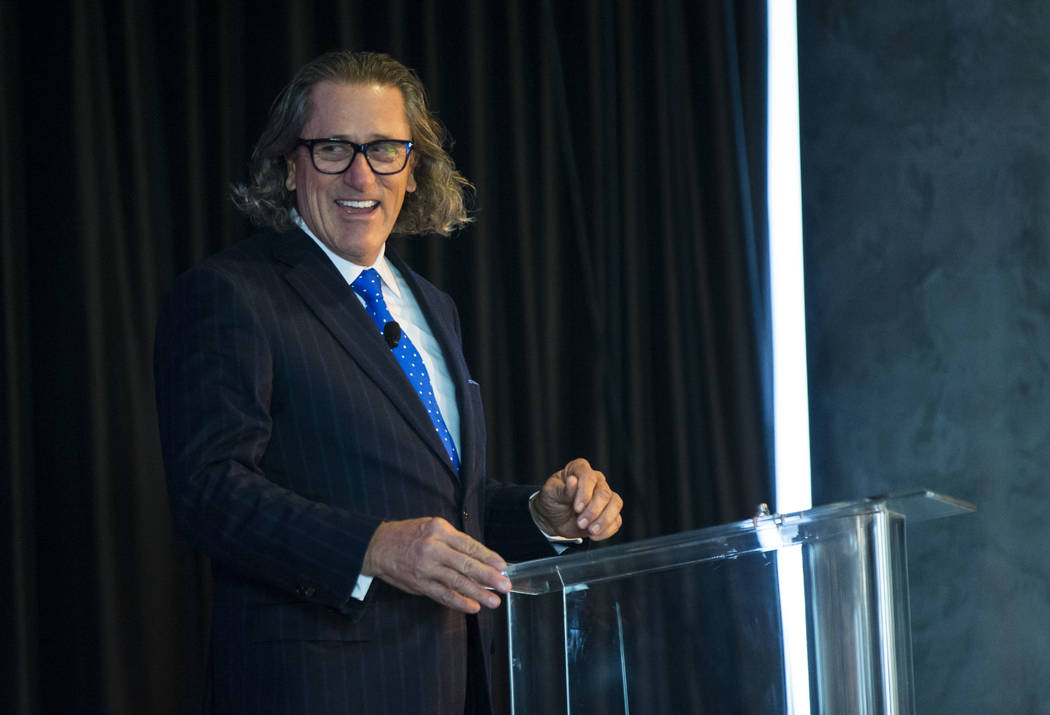
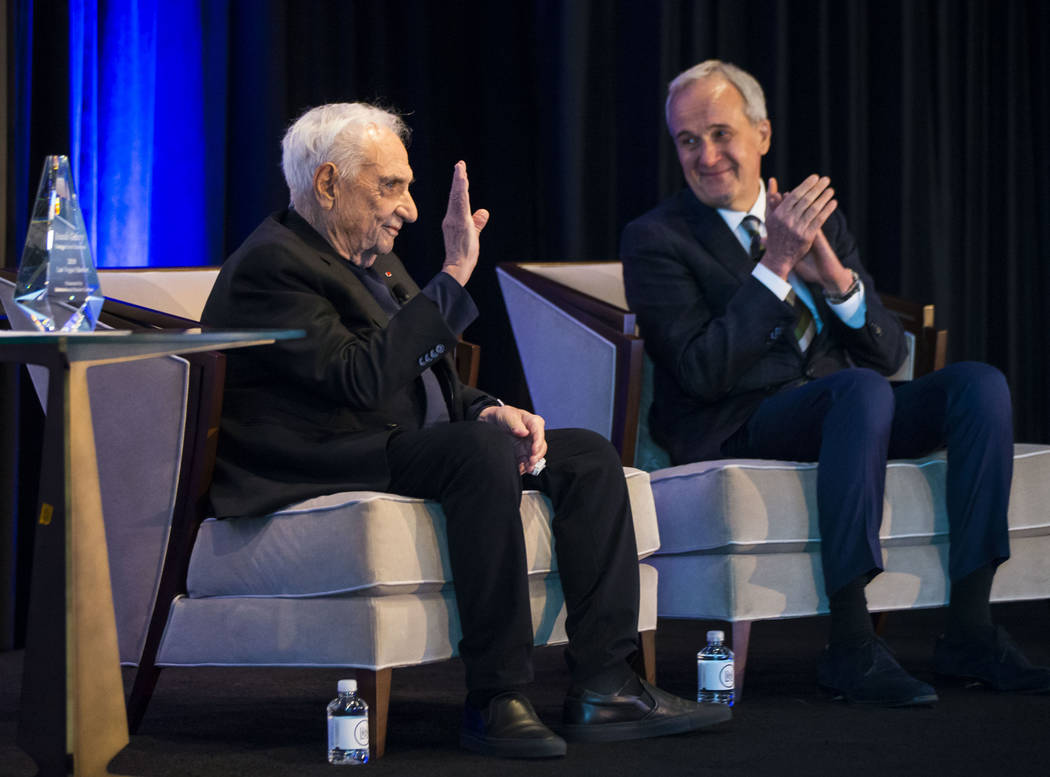

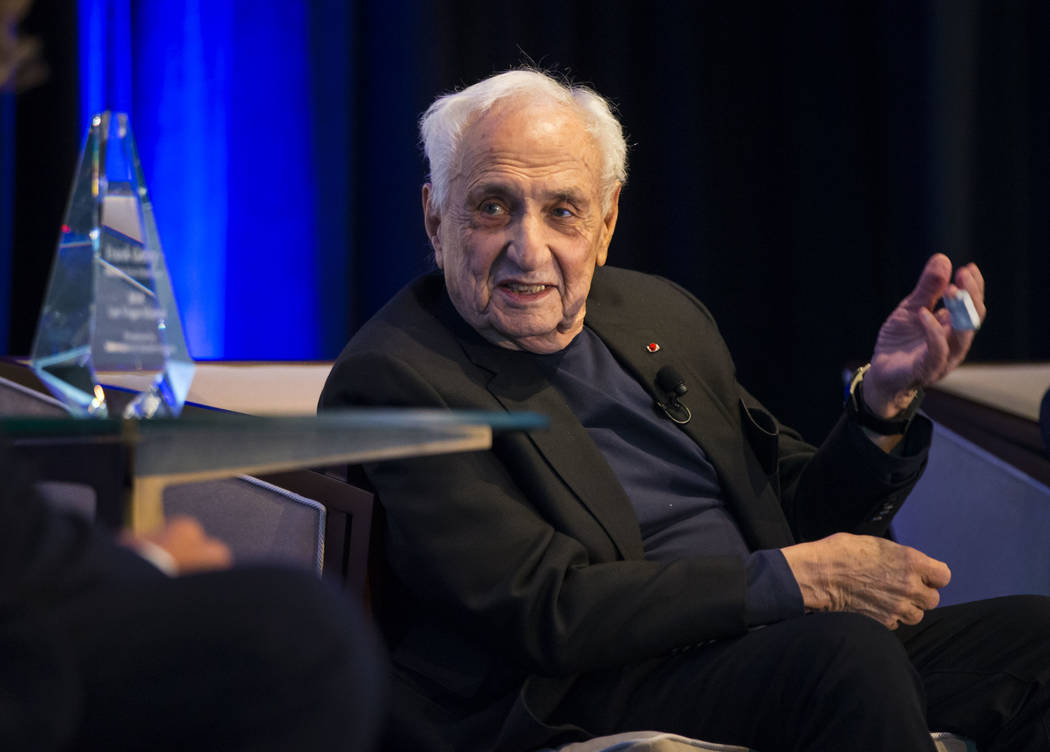


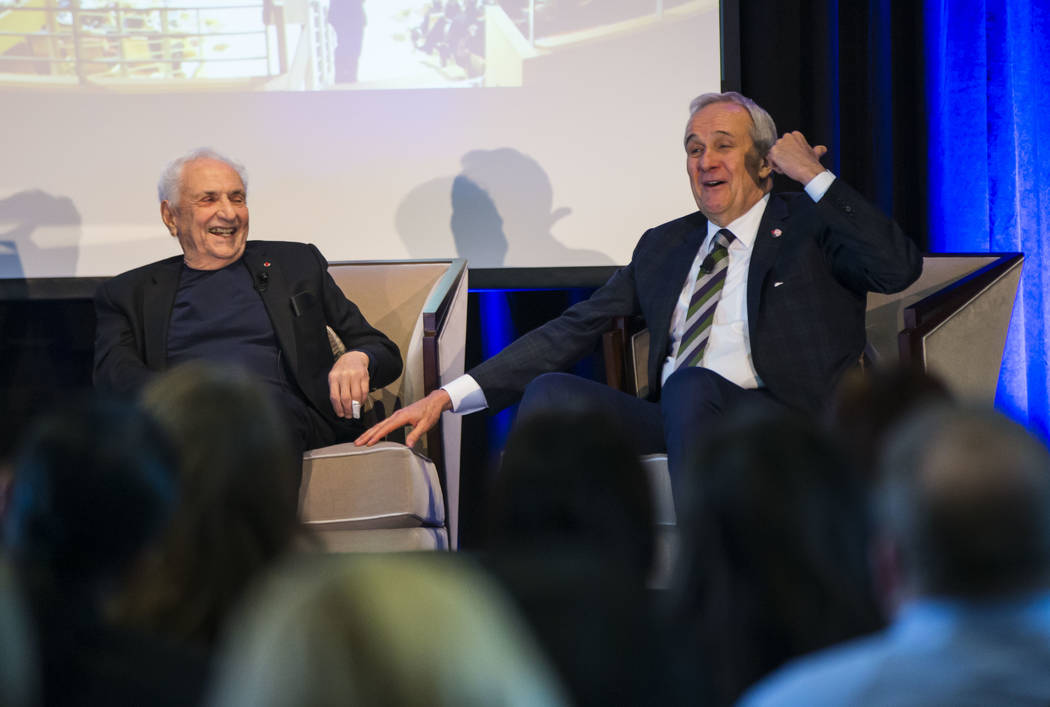
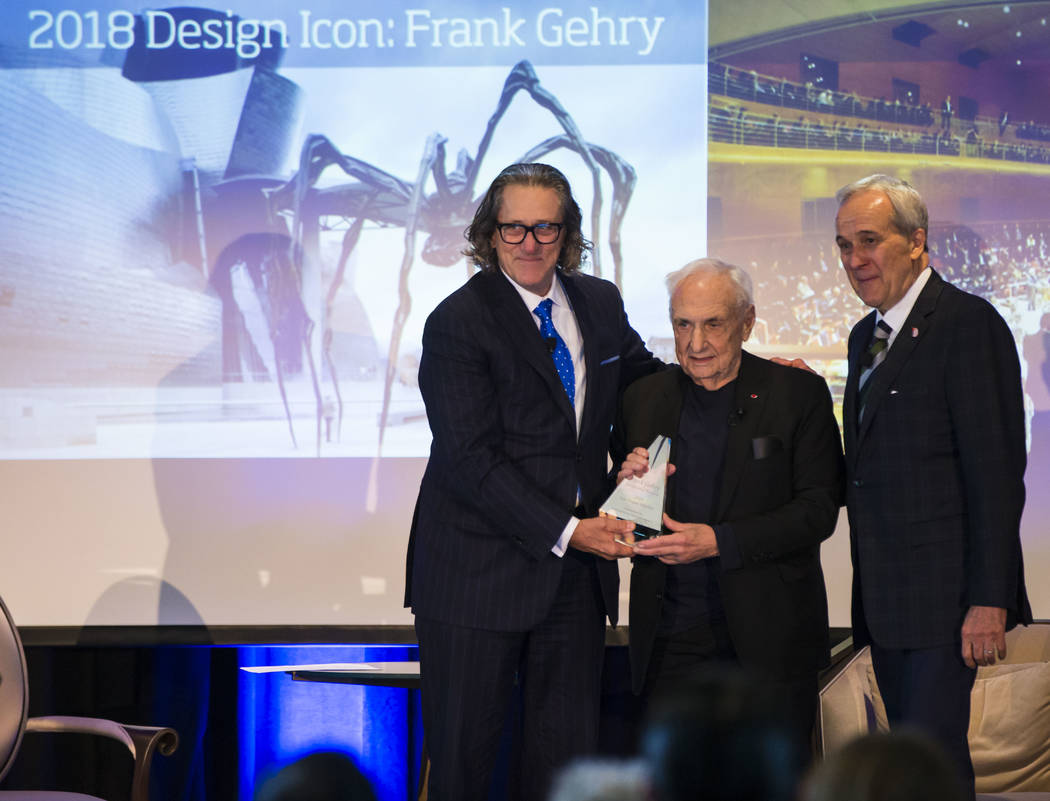
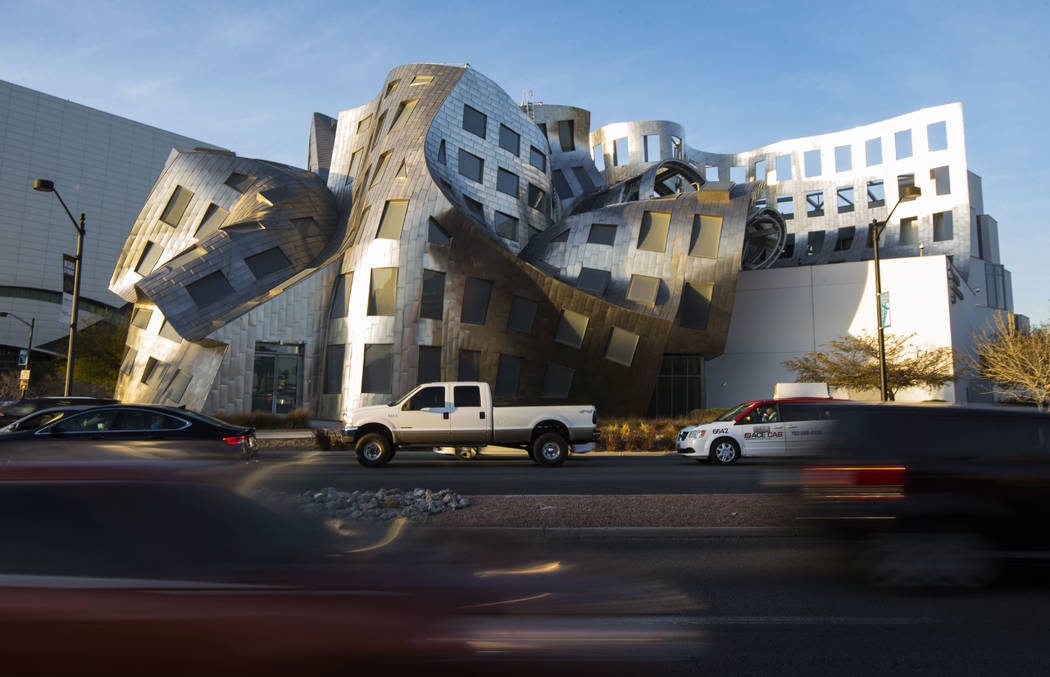
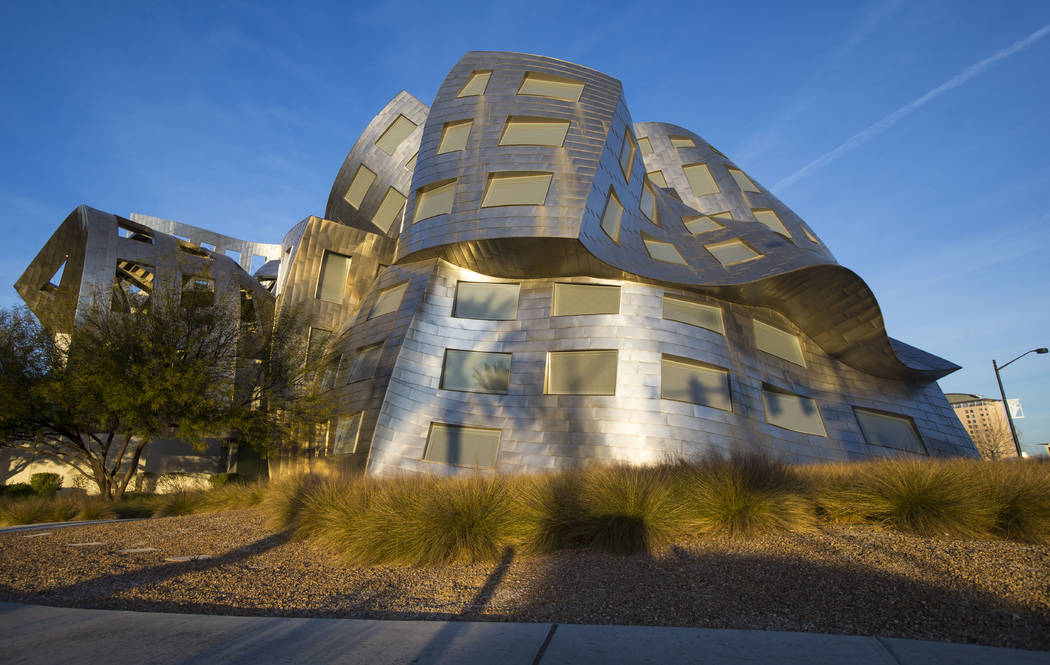

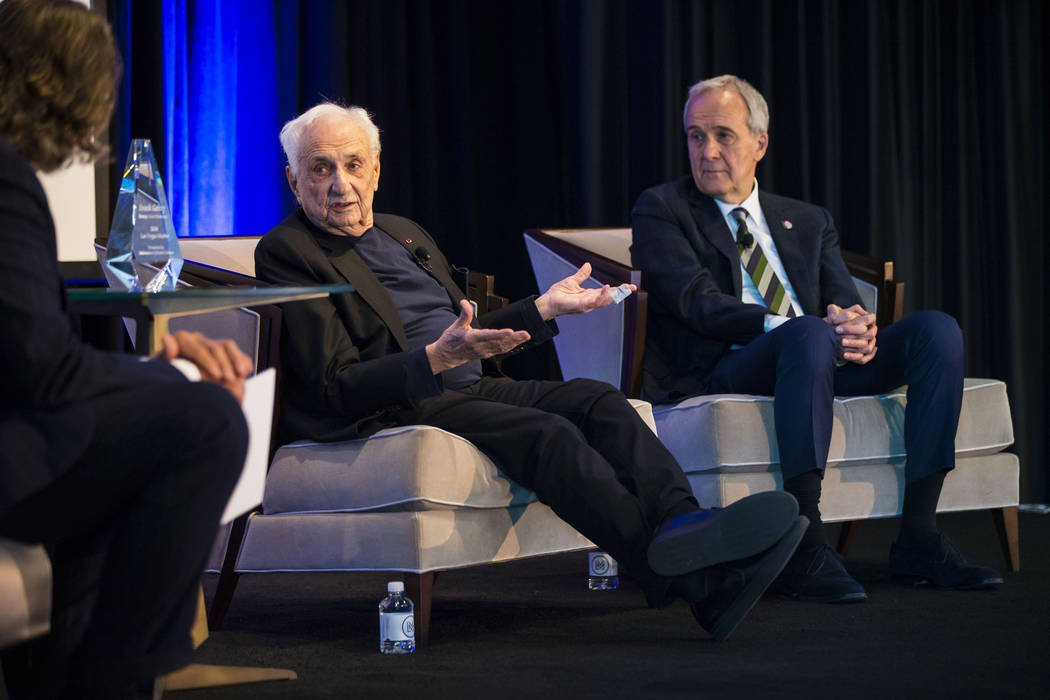
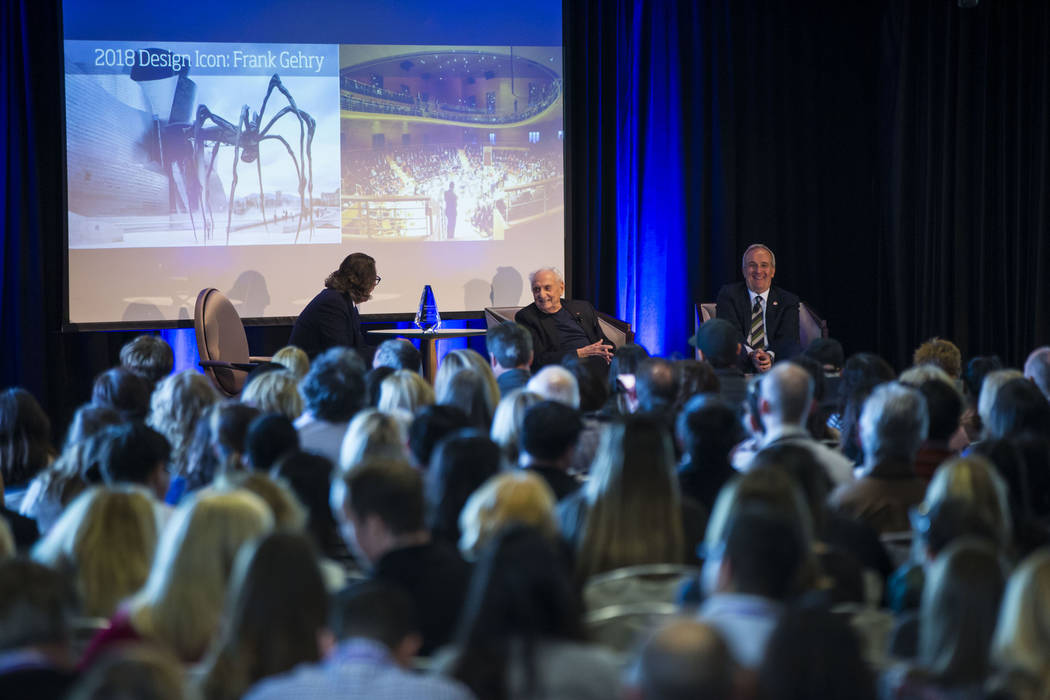
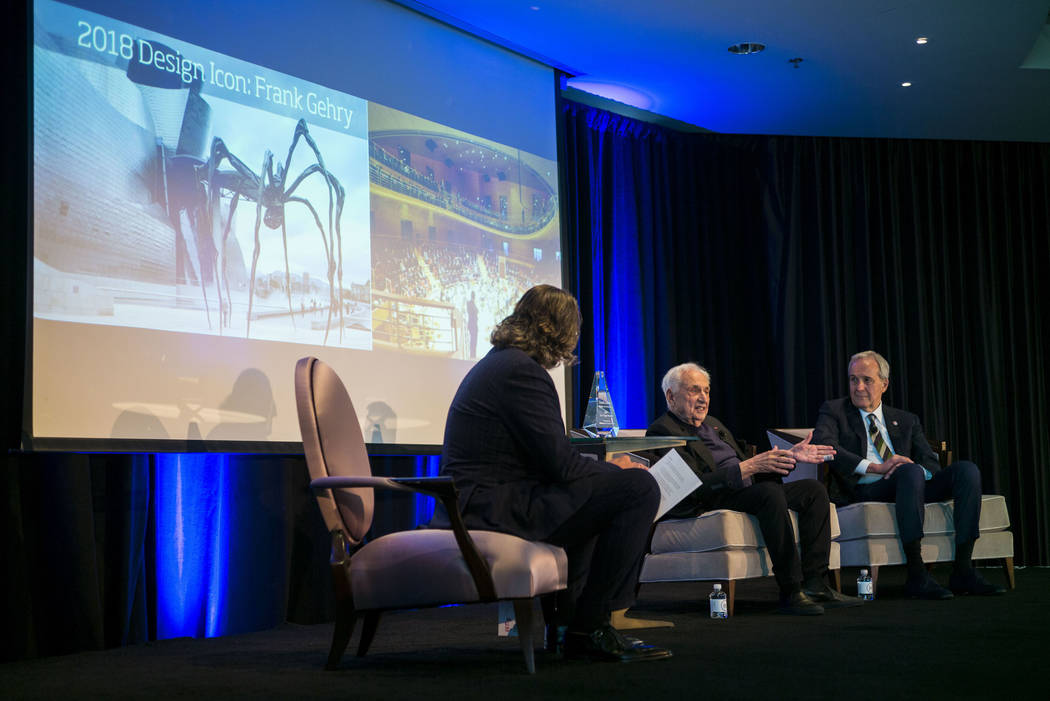
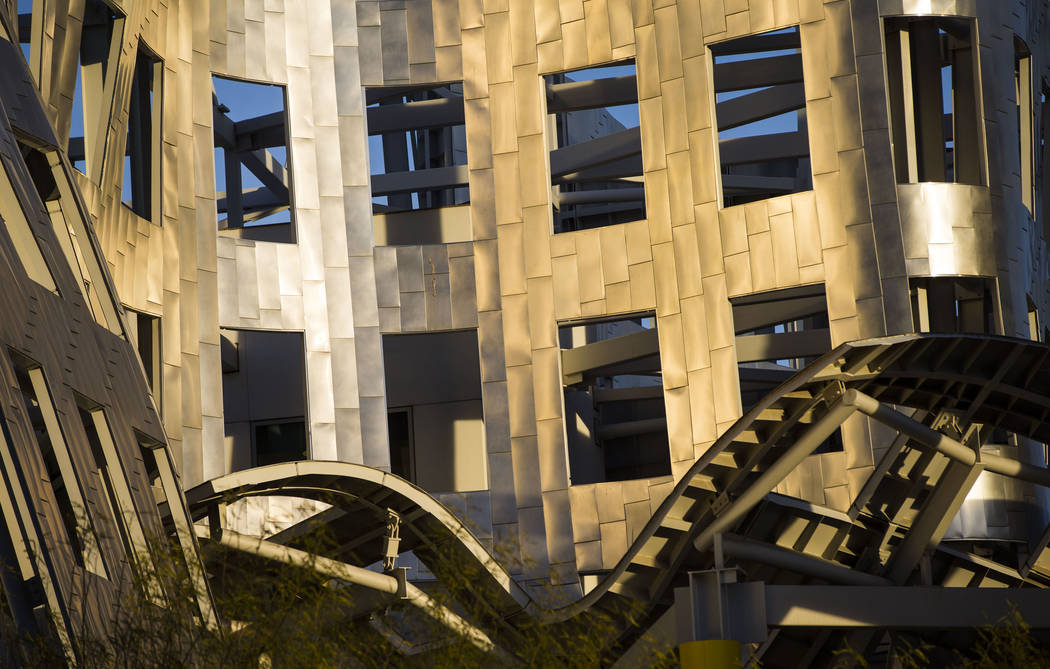
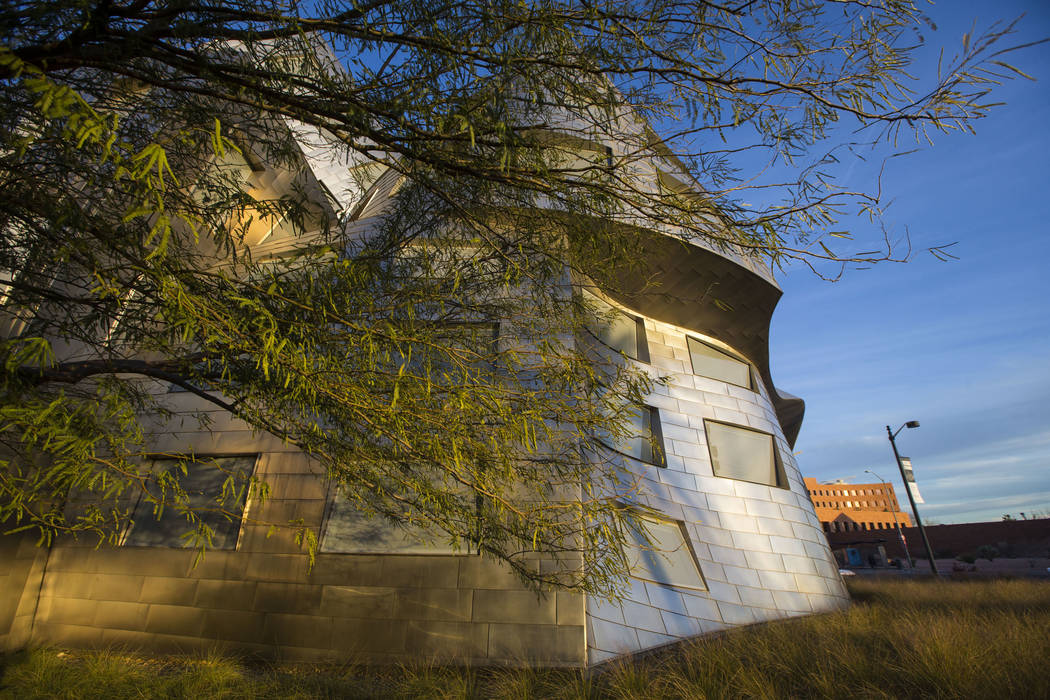
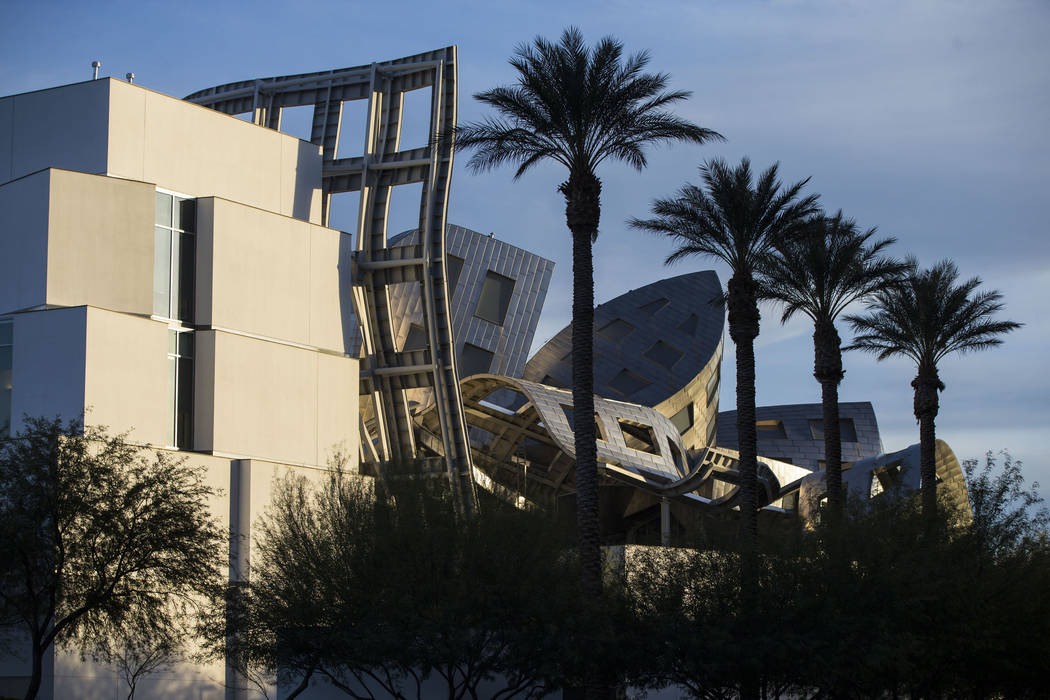
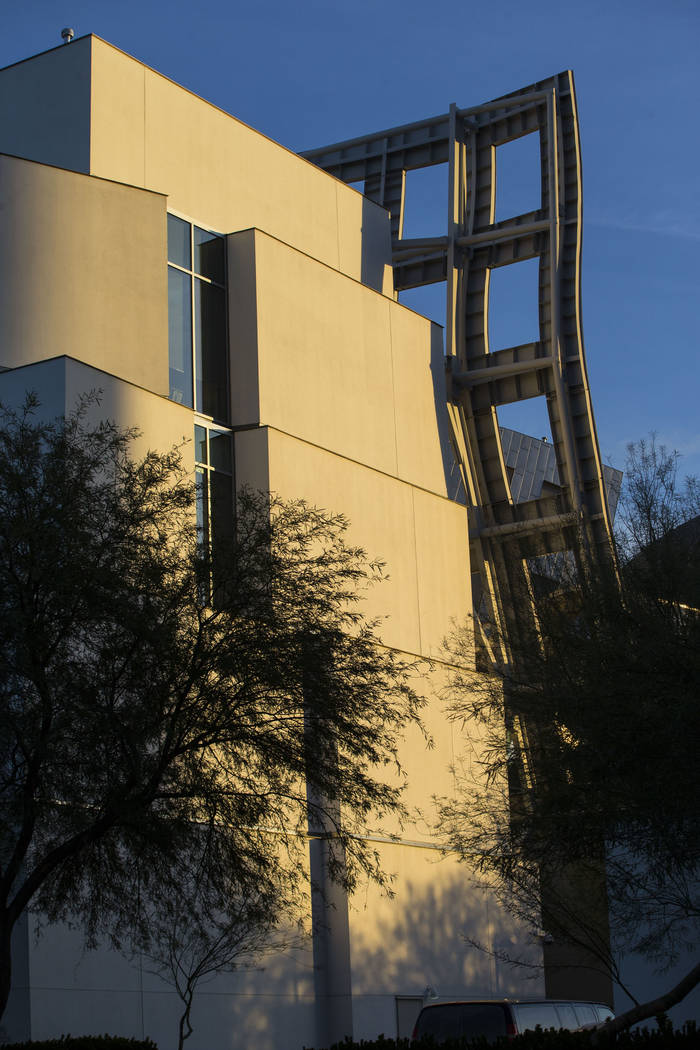
It’s Las Vegas’ most distinctive building and, in a city that has its own Eiffel Tower and New York skyline, that’s saying something.
Opened in 2010, the Cleveland Clinic Lou Ruvo Center for Brain Health, with its curving steel and swooping design, stands as one of renowned architect Frank Gehry’s most outside-the-box works.
On Tuesday, Gehry, 88, was awarded the Las Vegas Market’s 2018 Design Icon Award.
The presentation at the World Market Center gave about 200 attendees of the market’s winter show a look into Gehry’s career and creative process. They also heard a bit of the Ruvo Center’s back story even if, at times, the hour-long event seemed to be more akin to eavesdropping on a friendly conversation between Gehry and Larry Ruvo, the Southern Nevada businessman who spearheaded the center’s creation.
Robert Maricich, CEO of International Market Centers, said the Design Icon Award honors those who have made “significant and remarkable contributions to our industry throughout their careers.”
Gehry’s long list of career honors includes the Pritzker Architecture Prize, and his portfolio includes such works as the Walt Disney Concert Hall in Los Angeles, the Olympic Fish Pavilion in Barcelona, the Dancing House in Prague, Czech Republic, and the the Guggenheim Museum Bilbao in Spain. Gehry, Maricich said, has “redefined architecture in cities all over the world.”
Yet, Gehry told the crowd that even something “like a tract house is very interesting to me, to find a way to make that architecture.”
“When I was in the Army, I had to design field latrines for the generals,” he said, eliciting laughs. “I wish I had a picture. It’d really knock you out.”
Even the constraints that might be placed on a project can be “positive in the design world,” Gehry said. “They make you think harder, if they’re not arbitrary, if they’re rational and reasonable.”
Larry Ruvo created the Ruvo Center in honor of his father, who died from Alzheimer’s disease. The center is an international resource for research, prevention and treatment of such brain disorders as Alzheimer’s disease, Parkinson’s disease, Huntington’s disease and and multiple sclerosis.
Maricich detected early indications that Gehry’s visually daring Ruvo Center would be eye-catching to those even outside architectural and design circles.
“My office, for the first six or seven years I was here, overlooked the construction site, and almost anytime I would get up and look out the window, I would see people coming down (the street) or slowing down, and they’d go around the block and come back and look and take a picture,” he said. “It’s just remarkable.”
Maricich described the center as a collaboration between Ruvo and Gehry, who’s also “a longtime supporter of Huntington’s disease research.” Yet, to hear both Ruvo and Gehry tell it, the collaboration began on a shaky foundation.
Ruvo knew from the outset that he wanted an iconic architect to design a unique building that would attract the world’s attention to the work the center would do. Gehry’s name was suggested. But during their first meeting, things didn’t go well.
“You’ve got to understand, I had other offers to do work in Las Vegas,” Gehry said, from people such as casino magnates Sheldon Adelson and Steve Wynn. Another potential hitch was that Gehry’s father worked in gaming when Gehry was a kid, leaving the younger Gehry with a less-than-ideal perception of gaming.
“So then in comes this guy from Vegas, and I thought, ‘Oh (expletive).’ “
Also on the “con” side of the ledger: “Everything is here,” Gehry said. “You’ve built the Empire State Building. Pretty (expletive) hard to build something here that isn’t here, and if you build it, they’ll copy it anyway.”
For his part, Ruvo remembers walking into Gehry’s Los Angeles office for a scheduled 45-minute meeting. “He didn’t get up. He said ‘I’m not going to (build in Las Vegas),’ ” Ruvo said.
Ruvo said he countered that “I have 45 minutes and I want my 45 minutes.” Ruvo would spend the next three-plus hours telling his story and describing his plans. Finally, Gehry said he’d think it over.
Two weeks later, Ruvo returned with his wife, Camille — “My secret weapon,” he says — and Gehry asked Camille if she ever made mud pies as a kid. Sure, she said. Gehry “told her that you should never make mud pies with an enemy. And he said, ‘I want to make mud pies with your husband.’ ”
Groundbreaking was in February 2007 and the grand opening was in May 2010. “For anyone in the world, it’s a complicated building,” Ruvo said, yet the center came in “on budget and on time.”
“Every time we ran into a problem with one of the contractors, Frank was right there at my side and it was always resolved, thanks to him,” Ruvo said.
“And it hasn’t been repeated,” Gehry added.
“Because you and I haven’t done our next building yet,” Ruvo said.
Ruvo attributes the center’s success — including the partnership with the Cleveland Clinic, the groundbreaking research the center is doing, the 27,000 patients seen last year — to Gehry and the building he conceived.
Without Gehry, “we wouldn’t have had what we have,” Ruvo said. “And, as we inch closer … his fingerprints will be all over it whenever we find a cure.”
By the numbers
Hours of engineering: 65,000
Number of stainless steel shingles: 18,000
Tons of steel: 875.5
Number of windows: 199
Total square feet of interior space: 68,800
Medical facility square footage: 52,000
Event Center square footage: 9,800
Distance covered during transportation of the building’s components: 3 continents, 2 bodies of water, 1 desert.
Source: Keep Memory Alive/Cleveland Clinic Lou Ruvo Center for Brain Health
Contact John Przybys at jprzybys@reviewjournal.com or 702-383-0280. Follow @JJPrzybys on Twitter.







